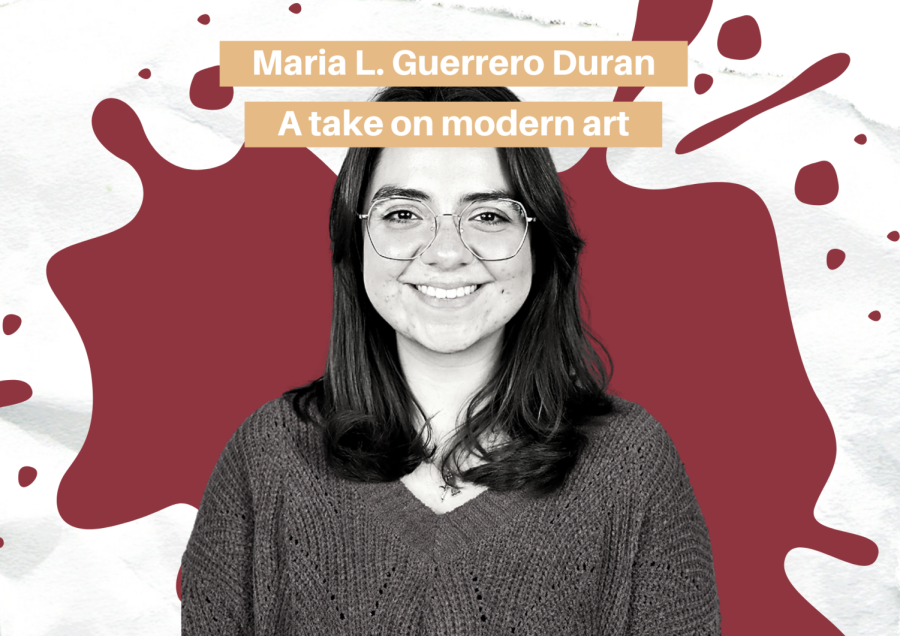When people think about art, they might instantly think about Michelangelo, DaVinci, Boticelli, etc. They might think about the time it took them to compile a masterpiece or the inspiration that sparked an idea. Or like me, wonder if you, too, could be capable of creating such art.
The beauty of art is that it is subjective and can be interpreted differently, based on what we know about the artist, what we do not know, and even in the mood we are in while looking at the piece.
The thing about art is that it is not meant to be understood at a first glance,; one needs to think about everything surrounding the piece.
When we talk about Renaissance artists, we think about paintings and sculptures that portrayed as many scenarios as possible from the life of Christ, the life of aristocrats, and mythical beings. But when we talk about modernist, contemporary and conceptual art, we are talking about the artists and their feelings, their struggles and context.
For the sake of this opinion piece, I will use the term “modern art” to talk about all three types of art, but to be clear, I am are referring to art from 1860s to the present.
Modern art has been deeply criticized because it is different. An Art Radar Journal entry says that “the fact that any technique and material can be used to make contemporary art implies that the artist does not focus on how realistic or well the artwork is executed.” Artists have access to so many materials and techniques that it drives people away from the classic oil paintings with gold leaves.
Artists are now working with painting , photography, installations, printmaking, performances, and more. But this time, they are not working for a patron, they are working for their artwork and for themselves.
One must look at these pieces and try to empathize with the artist and find possible meaning behind the piece. Why is it that we can appreciate Van Gogh’s sadness in “The Starry Night,” but not the longing and mourning for love in Felix Gonzalez-Tores’ “Perfect Lovers.”
I recently learned about Felix Gonzalez-Torres, which I believe to be an a notable example of how if there is a meaning and intention behind the object, it can become art, even if it does not follow the ground rules for art techniques. Modern art is rebellious because of it.
“Perfect Lovers” is a piece composed of two perfectly synchronized clocks, hanging on the walls of the Dallas Museum of Art. Dated in 1988, Gonzalez-Torres wrote a letter to his late partner that said “We conquered fate by meeting at a certain timein a certain space…We are synchronized, now and forever.”
These two simple clocks that Gonzalez-Torres bought at an ordinary store, look the same as many hanging in other people’s houses, but now they share a different meaning. It is a homage to his partner, who passed away from AIDS.
Roberta Villarreal, a graphic designer who owns the podcast “HablemosArte” talks about how contemporary art, despite being made from ordinary objects, it can portrait a message and be considered art.
“Intention is what differentiates art from a commercial product,” Villarreal said.
Art does not need to be the peak of talent and skill, but a way in which a person communicates great ideas. It is the thought that gives the object a meaning, not the object itself. Yes, we should be critical, critical thinkers and look for the meaning behind what we have in front of our eyes, what it is made of and why, what it stands for and what it makes you feel.
Maria L. Guerrero Duran is the web and copy editor and may be reached at [email protected]; @bymariaguerrero both on Instagram and Twitter.











